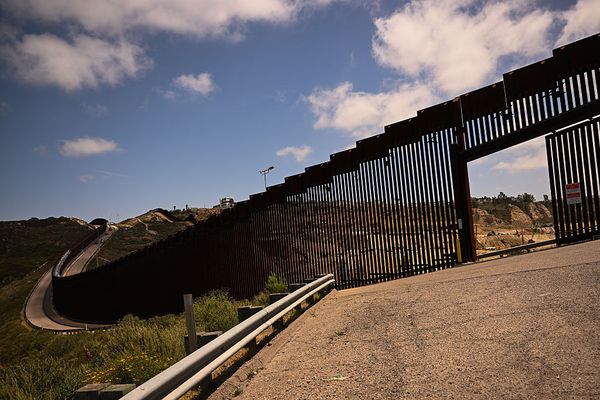Listen here on your chosen podcast platform.
A US army veteran who killed 15 people as he drove into a crowd in New Orleans said before the New Year’s Eve attack that he was inspired by the Islamic State (Isis) group.
Shamsud-Din Jabbar, 42, a US citizen from Texas, said in videos he posted on social media that he wanted to kill the American president, Joe Biden.
The attack came the same day that a man died when his Tesla Cybertruck exploded outside Donald Trump’s Las Vegas hotel in an incident that is still being investigated.
Some of the New Orleans victims have now been named, with an aspiring nurse, a mother of a four-year-old, and a college football star said to be among the dead.
The attack is the deadliest IS-inspired assault on US soil in years and the latest example of a vehicle being used as a weapon to carry out mass violence.
Mr Biden condemned the attack in an address to reporters at Camp David but, going into 2025, it reaffirms the threat of the terror group and those inspired by it.

What is Islamic State?
History of Isis
Islamic State, also known as Isis and sometimes Daesh, reigned terror in Syria and Iraq at the height of its power from 2014-2017.
Its "caliphate" held sway over a wide area, imposing death and torture on opponents of its radical brand of Islam. It also destroyed ancient monuments in Palmyra, Syria.
Its fighters repeatedly defeated both countries' armies and carried out, or inspired, attacks in dozens of cities around the world.
Its then leader, Abu Bakr al-Baghdadi, killed in 2019 by US special forces in north-western Syria, rose from obscurity to lead the ultra-hardline group and declare himself "caliph" of all Muslims.
The caliphate collapsed in Iraq, where it once had a base only a 30-minute drive from Baghdad, and in Syria after a sustained military campaign by a US-led coalition.
The new leader, known by the pseudonym Abu Hafs al-Hashimi al-Quraishi, remains shrouded in secrecy.
But the group’s influence appears to be growing once more.

Was Islamic State behind the attack in New Orleans? Is Isis back?
Islamic State has been implicated in the attack, with Mr Biden saying that the FBI had found videos of Jabbar saying he was inspired by them. He was also carrying an Islamic State flag during the assault.
It has not been said if Jabbar was acting as a fully fledged member of Isis but it does suggest the group that once terrorised parts of the Middle East is making a comeback.
On Wednesday, Isis claimed responsibility for an attack on a military base in Somalia's north-eastern region of Puntland a day earlier, the group posted on its Telegram channel.
Though largely crushed by a US-led coalition several years ago, IS has carried out major attacks while seeking to rebuild.
They include an assault on a Russian concert hall in March 2024, killing at least 143 people, and two explosions that killed nearly 100 people in the Iranian city of Kerman in January.
It also claimed responsibility for an assault by suicide attackers on a mosque in Oman last year, killing at least nine people.
US Secretary of State Antony Blinken has warned that Islamic State will try to re-establish capabilities in Syria after the ousting of President Bashar al-Assad but said the United States is determined not to let that happen.
Away from its bloody operations in the Middle East, Islamic State has also inspired lone-wolf attacks in the West
In August 2024, authorities said that a 19-year-old Austrian suspected of masterminding a planned attack on a Taylor Swift concert in Vienna had vowed allegiance to the leader of Islamic State.







